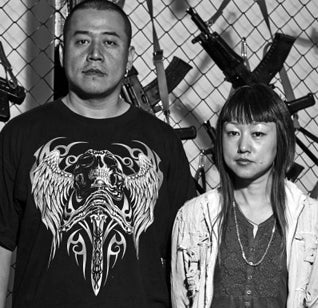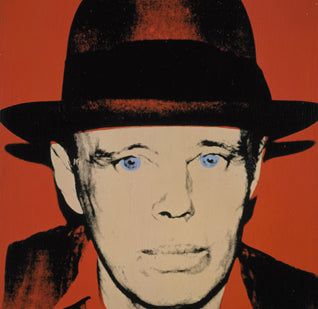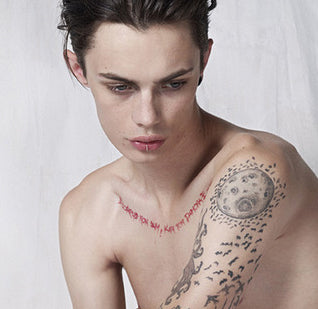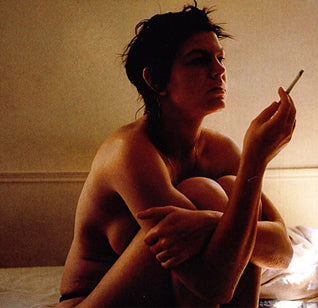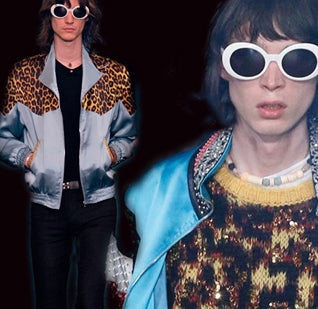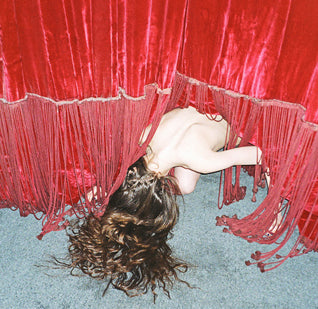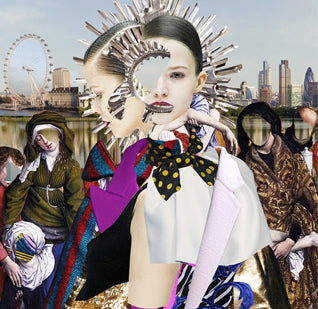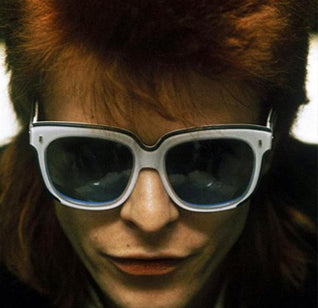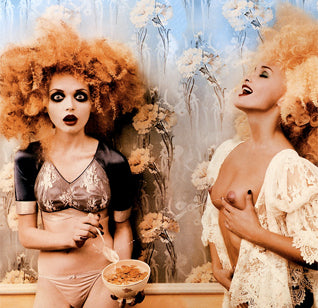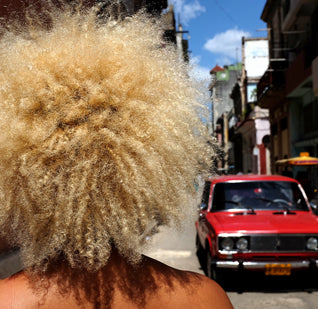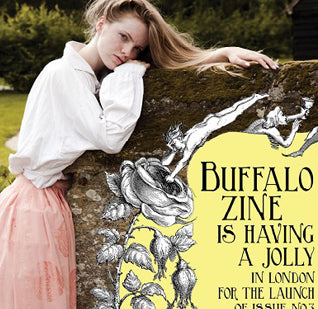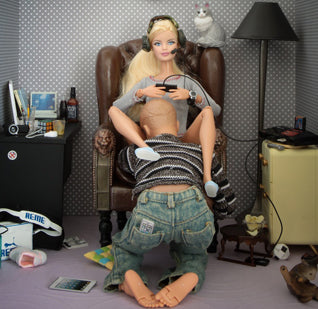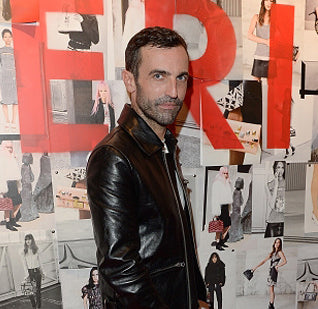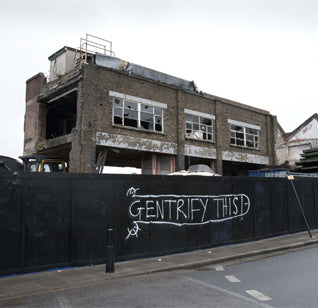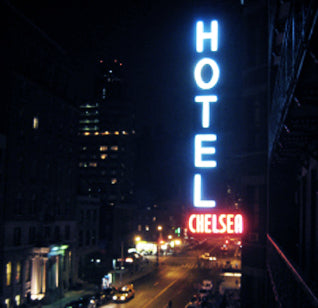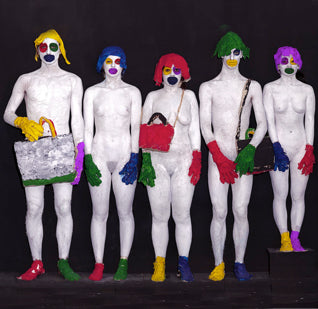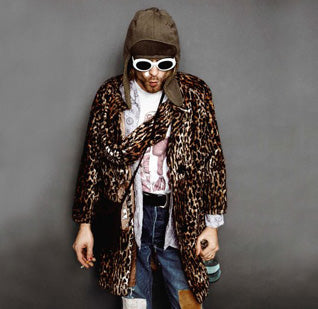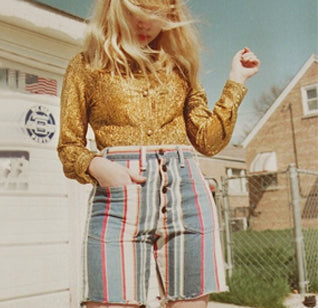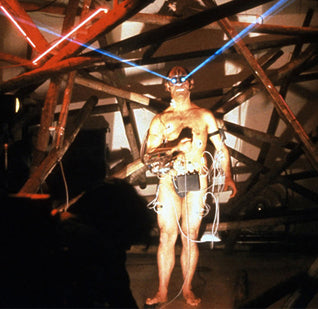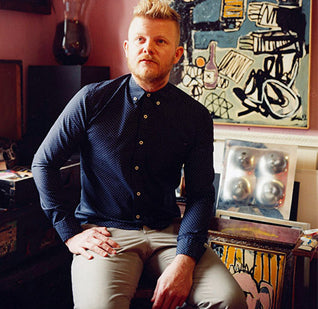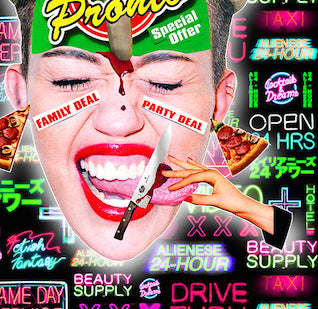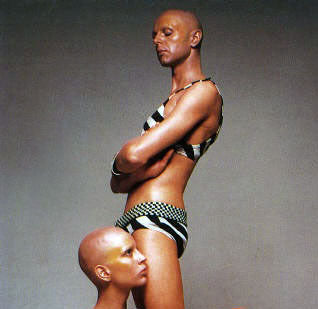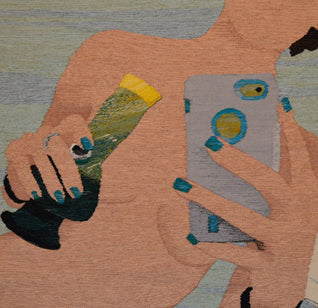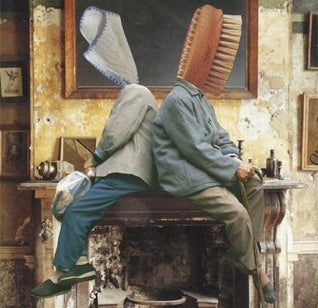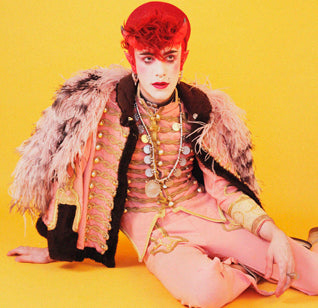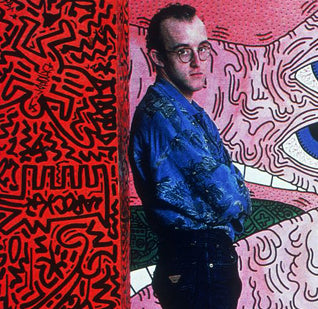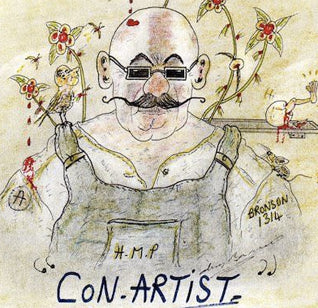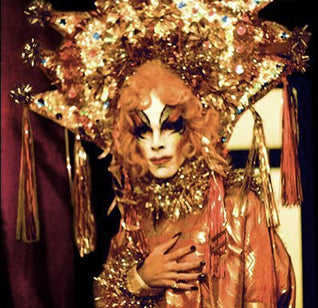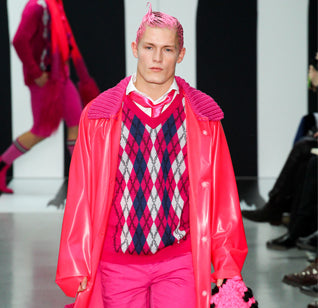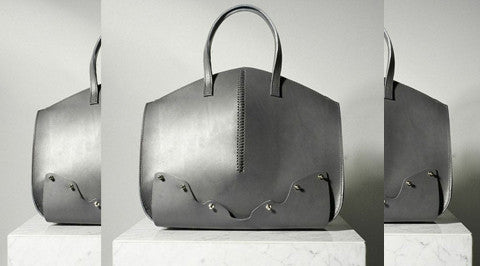AUTHENTIC BEAUTY RENAISSANCE
Has a saturation of the flawless selfie altered our idea of beauty?
by Lucy Draper
Beauty is a term of admiration and esteem but can also be the source of considerable insecurity. The world has long been obsessed with the unhealthy, shallow concept of physical perfection. The dictionary definition of beauty is “Pleasing the senses or mind aesthetically.” With such an ambiguous classification, it is unsurprising that what it means to be attractive is evolving from the one-size-fits-all idea of beauty that the fashion industry has historically pushed upon us.
From the ‘roaring’ 20s when women would bind their breasts to ensure they fitted into their flapper dresses, to the infamous heroin chic days of the 90s, society’s view of beauty has always been at the forefront of fashion. Over the last ten years our perception of beauty have changed once again, thanks to social media. Think about how many selfies you have seen – or taken. How many faces, made uniformly beige by the curse of the Kelvin filter, you see every day, smeared across Instagram? People now have the power to take photo after photo until they get it ‘right’, achieving for themselves the staged perfection we see in magazine layouts. Obsession over appearance and a painful self-awareness has resulted in the staging of a performance in day to day life. Social media has facilitated the ability to edit, create and project an image of ourselves that is detached from reality, putting ourselves and those around us on pause, in order to document another life form. In a way we have all become performance artists, continuously auditing our own physical existence.

Transgender model Andrej Pejic photographed by Juergen Teller
For years we have slipped deep into a dark age of beauty, defined by the Daily Mail’s ‘sidebar of shame’. With plastic surgery getting more affordable and more socially acceptable; and with the Kardashian clan – who have managed to take over the world with just an amateur sex tape and a Balenciaga wardrobe in hand, it’s no surprise that we are teetering on the edge of losing any sense of what ‘real beauty’ is.
But today, we are beginning to redefine beauty. It’s not about obtaining perfection, but about being authentic. Take for instance, Chantelle Brown-Young who has a severe case of vitiligo but who this summer was a contestant on America’s Next Top Model. Or double amputee Aimee Mullins who opened Alexander McQueen’s 1998 show wearing a pair of hand-carved prosthetic legs and went on to have an incredibly successful career in fashion.

Aimee Mullins wearing her prosthetic her legs in Creamaster 3 with artist Matthew Barney. Image courtesy of the artist.
Age and gender are also becoming less of a restriction. Daphne Selfe is an 85-year-old who has walked the catwalk for Dolce & Gabbana and been photographed by Mario Testino, Rankin and Nick Knight. Casey Leger is a female New Yorker working as a male model, while Andrej Pejic has become a hugely successful transgender model. Pink-haired model Charlotte Free gained notoriety after a shoot with Terry Richardson that featured her beaming face and… her hairy armpits. London-based Anti-Agency, founded last year, is a modelling agency where: “Our models aren't just clothes horses; we focus on hand selecting London based girls and boys with personality, individual style and talent.” And they are not the only ones - up-and-coming label Meadham Kirchhoff held an open-casting for their most recent fashion show, whilst the Kooples are well known for their adverts featuring real couples (albeit very good looking ones).
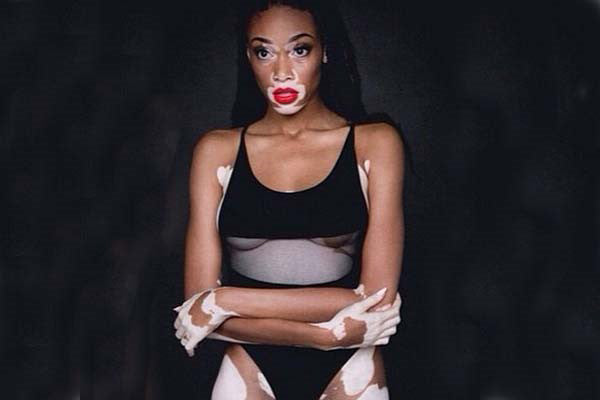
Chantelle Brown-Young
Feminist spokespeople – or even icons – have emerged in the last five years too. Lena Dunham is of course known for baring her round body, warts and all, on Girls, but so much more importantly than that she writes and speaks honestly about what it is to be a young woman in this time. On red carpets she has fun with fashion, choosing dresses that she enjoys wearing and ones that make her feel special, daring to be slandered by the critics the next day. But isn’t that what fashion is meant to be all about? We are also seeing a new kind of sisterhood evolve between models. It might sounds cheesy, but watch Cara Delvingne and Binx Walton do their secret handshake and the power of feminine friendships is more than clear.

Daphne Selfe
So can we expect this beauty renaissance to last? The saturation of flawless perfection provided to us readily by photoshop and filters is becoming old. Untouchable supermodels of the 80’s and 90’s are no longer in vogue except as icons of nostalgia. Women like Naomi Campbell who have the cold, symmetrical, ethereal beauty of a Rodin sculpture have been replaced with the goofy girls next door. Will we see more of these Cara-like models in the future - ones with quirks and spunk who you actually want to hang out with? After years of watching almost superhuman women strutting along in stilettos, we’ve become bored with that classification of beauty. Now that we can all artificially achieve flawless perfection it is no longer special, we have had to cast out and search for alternative beauty that excites and inspires. And now we’ve been given a taste of what could be; beauty has been redefined and diversified. Let’s hope it stays that way.

